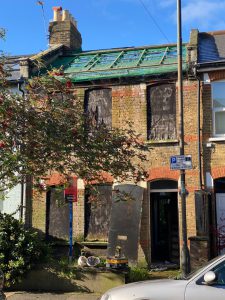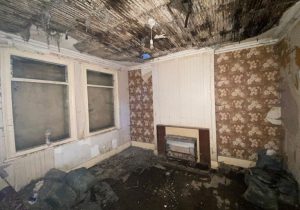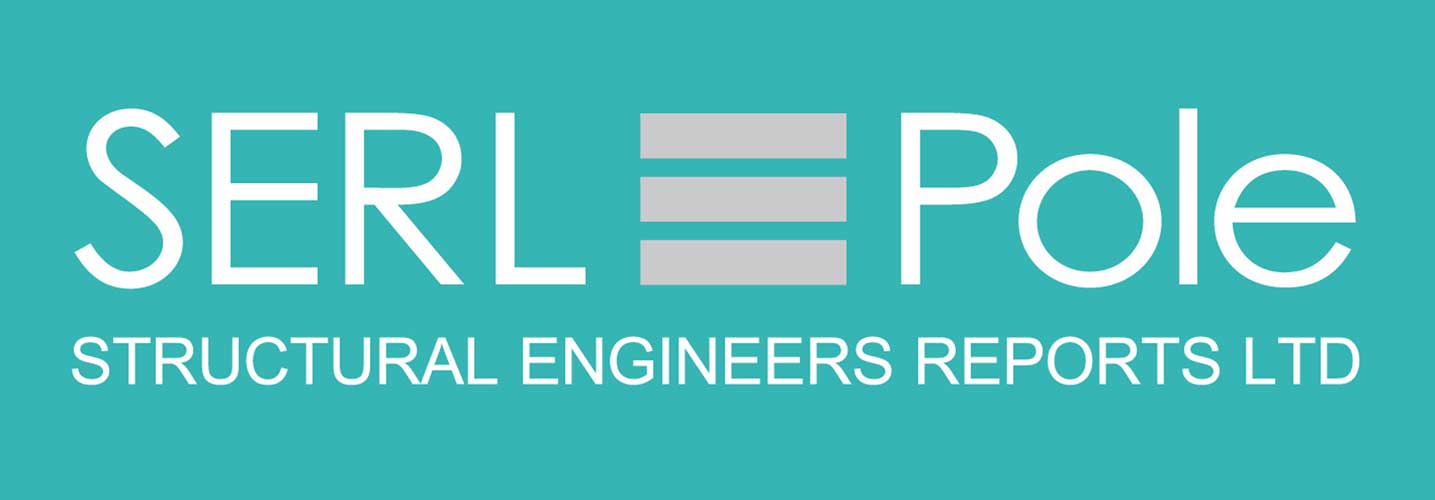 Reason for contacting Pole
Reason for contacting Pole
A prospective purchaser contacted us with regard to inspecting a fire-damaged property prior to their decision to purchase, given the severity of the fire. The client was seeking peace of mind with regards to the integrity of the remaining walls so that they could scope their refurbishment work and the overall cost.
Pole Structural Engineers Reports were contacted by the buyer who were seeking a reputable, independent, and highly experienced structural engineering firm specialising in the Wimbledon area.
Pole service offer
In response to the client’s requirements our qualified Chartered Structural Engineer recommended a General Movement Report.
There are two distinct types of structural engineers reports:
1) A localised, very specific and limited Structural Engineers Defect Report or a Specific Structural Inspection Report (SSI);
2) A broader Structural Engineers General Movement Report, or General Structural Inspection Report (GSI), which focuses on matters of cracking and movement only.
Our report
The property had experienced a fire ten years previously which had completely ravaged the interior, with the ground floor, first floor, and roof almost entirely burnt out.
 Findings
Findings
The interior of the property was severely damaged by fire and there was very little left of either the ground floor or first floor joists, or indeed the roof structure. All of the internal timber structures were to be replaced during the refurbishment.
The front and rear walls of the property remained sound as far as we were able to inspect externally. The interior needed to be inspected at a later date once the building was made safe.
We recommended that provision be made for rebuilding part of the first floor masonry walls in case they were found to have been unduly damaged by fire. And we made further recommendations that, in due course, a number of brick samples should be taken and tested where there were any areas of scorched brickwork, to check that the brick stresses had not been reduced.
Conclusions
We met the client at the property and were able to summarise the structure of the property in two distinct halves. The interior timber structure would need to be entirely rebuilt and replaced as it was not worth retaining just part of it, given the extent of the fire damage and the subsequent water ingress which had occurred. The external walls to the front and rear appeared surprisingly sound, with little or no damage externally.
We had to reserve our opinion with regard to the interior face of the external walls, together with the party walls, until the building could be inspected in more detail, once made safe.
We recommended that provision be made for some brick replacement if the fire was found to have damaged some of the local brickwork. In our general experience brickwork tends, in most instances, to be smoke damaged but not unduly weakened.
We provided preliminary structural ideas on how the interior of the property would need to be rebuilt, together with how it might be structurally extended. This would be subject to more detailed design advice by our sister company at a later date.
Our report reassured the client sufficiently for them to proceed with the purchase, making sure they made cautious financial contingencies for various structural repairs.




